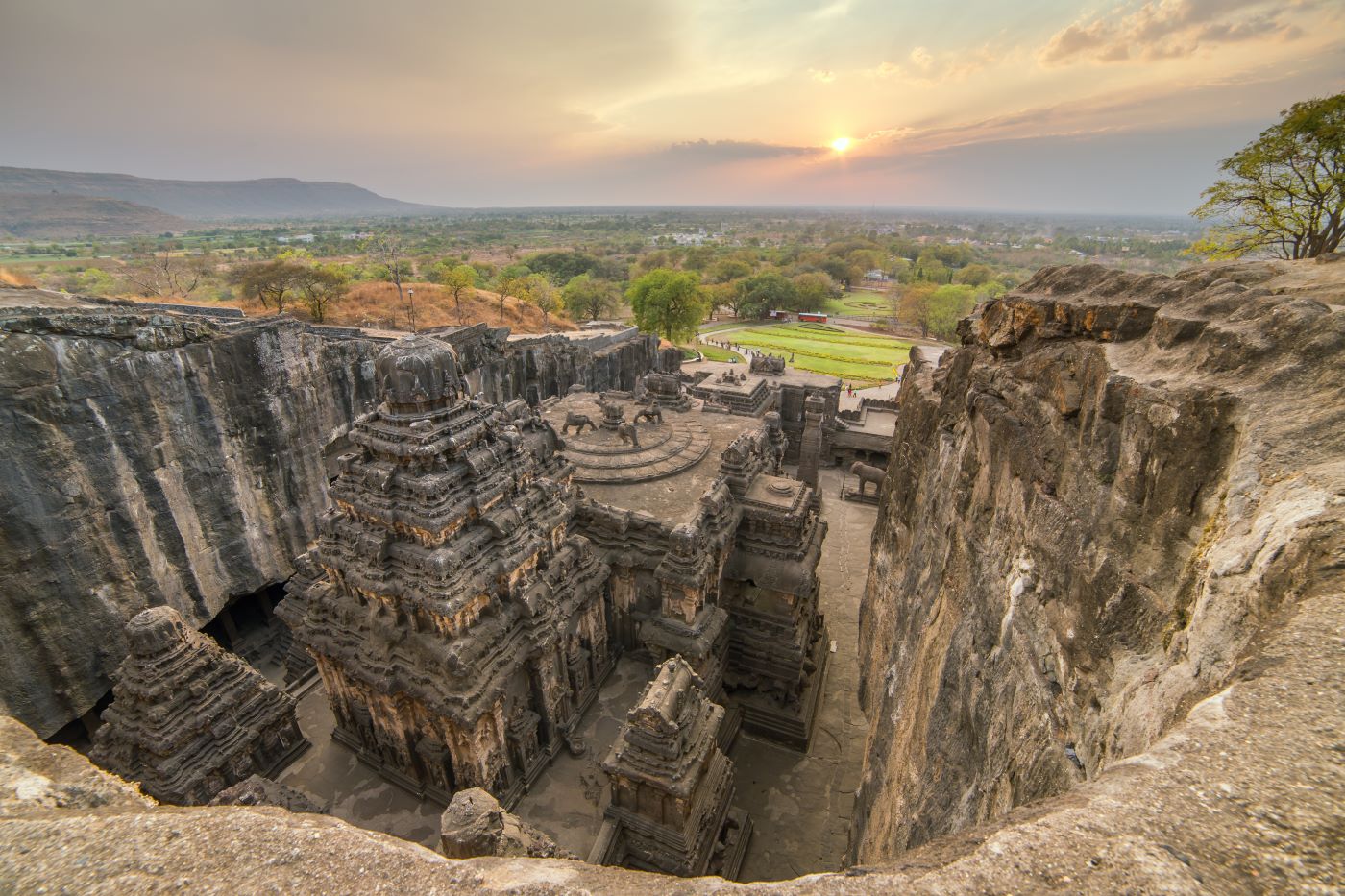Reseachers Discovered A 100,000 Year Old Underwater Cave That Predates The Ice Age

Costa Cave, an underwater cave near Marseilles, France, and the Scottian Cave in Slovenia are both archaeological wonders that hold secrets about prehistoric human history. First discovered by professional diver Henri Costa in 1985, Costa Cave lies 37 meters below sea level. The entrance was submerged after the last Ice Age, preserving ancient artwork for thousands of years. Costa was initially unaware of the cave’s archaeological significance until 1991, when he teamed up with prehistorian Jean Clottes to study it.
/1300x820.webp)
In the chambers and corridors, Costa discovered more than 500 artistic images, divided into two historical periods: an early period of hand-carved and geometric figures dating from 27,000 to 19,000 years ago, and a later period of marine animals such as seals and jellyfish. This suggests that Paleolithic people may have had a unique maritime culture, incorporating the sea into their spiritual and artistic lives.
The Scottian Caves in Slovenia, located in a karst limestone region, are a complex cave system, recognized by UNESCO in 1986 for their natural and cultural value. Formed by the erosion of the Rea River over millennia, the caves feature large corridors and chambers such as the Martell Chamber and the Silent Cave, providing a unique environment with rich biodiversity, including an endemic salamander known as the “fish man”.
Both sites provide valuable insights into the interactions between prehistoric humans and their environment. While Costa Caves showcase the incorporation of maritime culture into art, Scottian Caves emphasize connections to geographic features and underground ecosystems, highlighting the importance of water in shaping subterranean wonders and sustaining cultural legacies spanning thousands of years.
** Son Doong Cave in Vietnam**

– Son Doong Cave has rare stalactites such as the “Hand of the Dog” – a structure resembling a giant dog’s paw, which has become a famous symbol, attracting many explorers.
– On the cave walls there are also fossils of marine life, proving that this land was under the ocean millions of years ago.
– To reach the cave, visitors must overcome a difficult journey through the jungle, and once inside the cave, they need to swim and climb mountains to explore.
– The Vietnamese government and environmental organizations have issued strict regulations to protect the cave’s sensitive ecosystem, limiting the number of visits each year to maintain its natural beauty and long-term preservation.
**Cham architecture in Central Vietnam**

– The Cham people developed a brilliant culture from the 2nd to 17th centuries, notable for their characteristic temple-tower architecture built with red bricks and elaborate carvings, reflecting Hindu beliefs.
– Cham temples used the technique of laying bricks without mortar, making them appear as one piece, an amazing construction method that archaeologists still admire today.
– The towers at My Son Sanctuary and Po Nagar Tower in Nha Trang are famous for their detailed carvings of Hindu gods such as Shiva, Vishnu, and mythical creatures, demonstrating the sculptural talent and religious beliefs of the Cham people.
**Ellora Caves in India**

– The Ellora Caves, recognized by UNESCO as a world heritage site, are famous for their 34 caves carved directly into basalt rock, demonstrating the feats of stone carving techniques of ancient times.
– These caves are divided into three main groups: Buddhist caves, Hindu caves and Jain caves, reflecting the changes in religion over the centuries in India.
– Kailasa Cave (Cave 16) is the most notable structure, requiring the quarrying and moving of 200,000 tons of stone, and is notable for its reliefs depicting Indian myths such as the Ramayana and Mahabharata.
– The advanced drainage system in the caves also shows the high technical ability of the ancients in protecting the structure from the effects of weather.
– The Ellora Cave complex is also said to have been arranged in accordance with astronomical events such as the solstices and equinoxes, showing a profound knowledge of astronomy.
All three sites are natural and architectural wonders, not only demonstrating human talent and creativity but also preserving precious cultural and historical values, demonstrating the adaptability and development of ancient civilizations.
Victoria Cave System and Other Archaeological Sites:

1. **The Beginning of the Discovery of Victoria Cave**: The first systematic excavation of Victoria Cave took place in 1844, marking it as one of the main sites for studying the prehistoric and paleohistoric history of the area. Through the sedimentary layers, three historical periods have been identified: prehistoric tools, large animal remains and Roman artifacts.
2. **Prehistoric Tool Period**: Flint tools from about 12,000 – 13,000 years ago were found, including knives and hunting tools, suggesting that humans used the cave as a shelter during hunting trips. Inside the cave, they could create and repair tools, taking advantage of the cave’s high position to observe prey.
3. **Megafauna Remains**: Fossils of animals such as the woolly rhinoceros and moose suggest that a cold, open environment existed outside the cave. The discovery demonstrates major changes in climate and habitat since the Ice Age.
4. **Roman Artifacts**: Roman coins and jewelry from the 1st to 4th centuries AD suggest that the cave may have served as a ceremonial site, possibly linked to local religion or beliefs.
5. **Discovering the Chave Cave in France**: Discovered in 1994, the Chave Cave is famous for its artwork from around 30,000 years ago, including paintings of animals such as lions, rhinoceroses, and mammoths, done using advanced techniques such as perspective and shading. The cave is a testament to the mental and social complexity of the people of this period.
6. **Derinkuyu Underground City**: In Cappadocia, Türkiye, Derinkuyu is a massive underground city, built in ancient times, capable of housing up to 20,000 people. With an advanced ventilation system and large stone doors to prevent intruders, the city shows a high level of construction techniques and defensive strategies.








